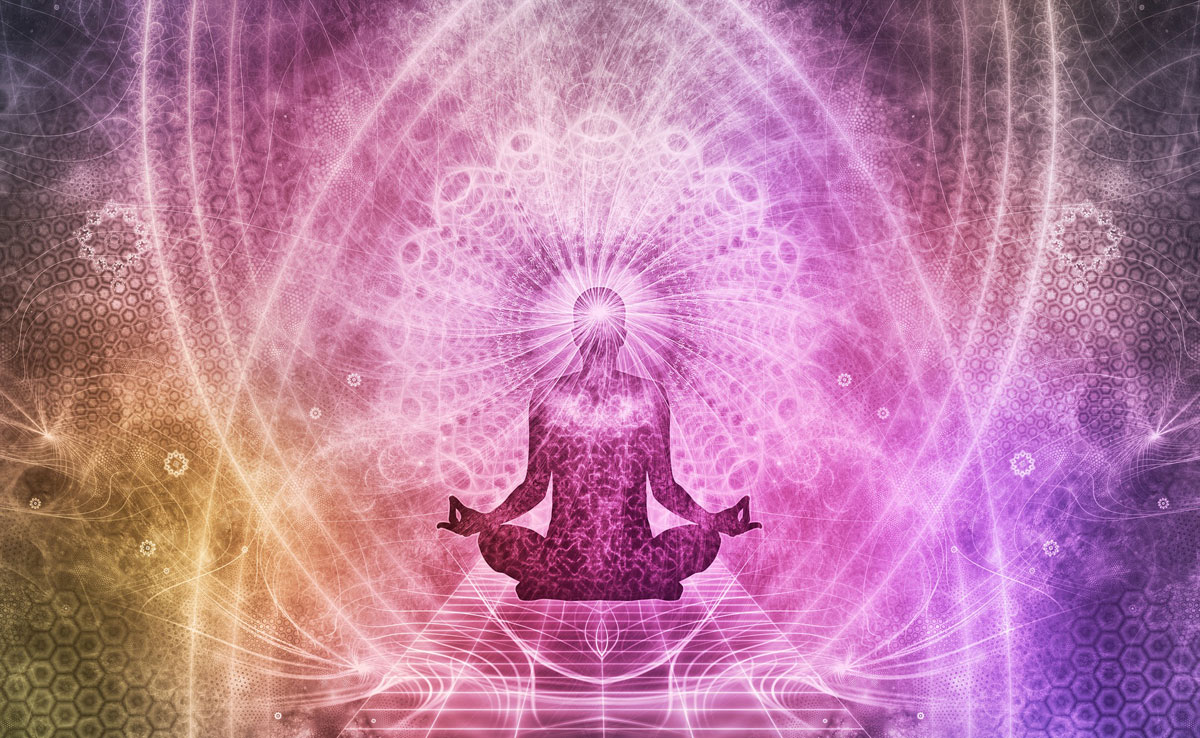
25 Mar 2022 HYN Himalayan Yoga Academy
Nada Yoga is the ancient yoga of sound—both inaudible and audible—and we have explored the concept of inaudible sound in detail. Alain Presencer has said that Tibetans who worked with the bowls followed the sound into silence. We also noted that ancient Chinese bellmakers were tasked with creating a bell that was the most sonorous and rang for a long time. The line between the sound of the bowl and silence blurs when a bowl rings for one to over four minutes.
Listening to sound gradually turns into silence leads us naturally to the study of nada yoga. This non-linguistic element of music connects our world with the formless. Singing bowls complement nada yoga, providing a simple music form to explore a single sound. The sound of the bowls stays close to silence. Just as the nada yogi’s inner sound calls to the spirit, the bowls’ sounds invite us to join the spiritual community. One of the best bowls for this purpose is the Manipura Lingam.
From within the enormous number of thoughts that may arise from this one world, sound, let us begin with the lexical definition of mada. It reads: ‘A loud sound, roaring, bellowing, crying, any sound or tone, the nasal sound represented by a semicircle( in Yoga philosophy) and used as an abbreviation in mystical words’.
Etymologically, nada means ‘flow of consciousness’ and so it is that some speak of it as the ‘Sound Current’. For the initiate, nada is the primal vibration, the divine ever-present creative sound, and the very core of spiritual practice. The syllable na means breathe, and the syllable da the fire (of intellect) . Born of the union of breath and fire, intelligible sound is called nada.
The expression, nada yoga, adds another word. The word yoga means union; that is ; union with the divine source of all life, whilst nada is often translated as sound or river. The Hindu goddess of music is named Saraswoti after an incident river in India.
As the divine is living within all things, so it is that there are many rivers or pathways to the divine. The major ones are probably raja yoga, karma yoga, jnana yoga, hatha yoga, laya yoga, bhakti yoga, and mantra yoga, but we find forty others including agni yoga, kriya yoga, shiva yoga, and nada yoga.
Nada Yoga: The Branch of Mantra Yoga
In a sense, nada yoga could be seen as a branch of mantra yoga, as both are concerned with sound. From the views of both, vac, the Hindu metaphysics of sound (which teaches that sound has a fourfold process), and the inclusive tantric perspective, nada yoga could be said to incorporate and include all forms of sound or music. However, In practice, the nada yogi focuses on the anahata nada, the inaudible or (literal translation, `unstruck`) sound. That is to say, it represents a sound that is not made as a result of two or more objects striking one another.
It is a sound not coming to the human ear from outside of the body but rather from within. However, it is not an imagined sound, like recalling a piece of music and singing it silently in our minds. Neither is it an “earworm”- the phenomenon we know so well when we have some song or tune irritatingly repeating itself over and over inside our heads. It is not like the sound we hear during a plane’s takeoff as it rises, or like the sound in a deep lift shaft. Nor is it similar to any other physical sensation of sound inside our ears. These are all different from the true inner sound experienced in nada yoga. Neither is it tinnitus.
The way of inner sound is found in certain spiritual organizations established in their tradition where one can safely unfold this gift. Rooted in eternal truth, it remains ever-present for those who create the right conditions for its independent manifestation. I know of a few such that have been blessed with this gift.
Nada is a form of yoga for those attracted to working with sound. At times in history, this form of yoga has had little appeal, and only a few yogis have pursued it. It has only recently become known in the West. The goal of the nada yogi is to find the inaudible sound within and meditate on it to communicate with the Supreme being and attain liberation. Listening to the inner sound purifies the nadis, or subtle channels, within the body.
It is not uncommon nowadays for nada yoga teachers to be involved with music-making, too. The exploration of music has evolved since the Middle Ages, but the connection between music and nada yoga has only been established in recent centuries. Despite this, it remains one of the least documented forms of sacred sound.
With musicians who choose nada yoga, the structure of the musical tradition forms part of their nada yoga practice. For instance, the singing of the musical scales, or the playing of the notes of a raga, and with yoga hari, the particular method of playing the Indian harmonium, comprise the practice. But in essence, it is the practice of listening to the inner inaudible sound that has been the way.
Conclusion : Nada Yoga
To summarize, Nada yoga is the path of union with the Divine through sound or music. Many great religions also state that the origin of life is sound or vibration. When we reach deep stillness and silence within our hearts, we can hear the “Music of the Spheres.” Through this gateway of vibration or the path of sound, we approach the source of our being, beyond hearing ten inner sounds. Samadhi or union with the paramatman or totality can be entered into through nada yoga.
